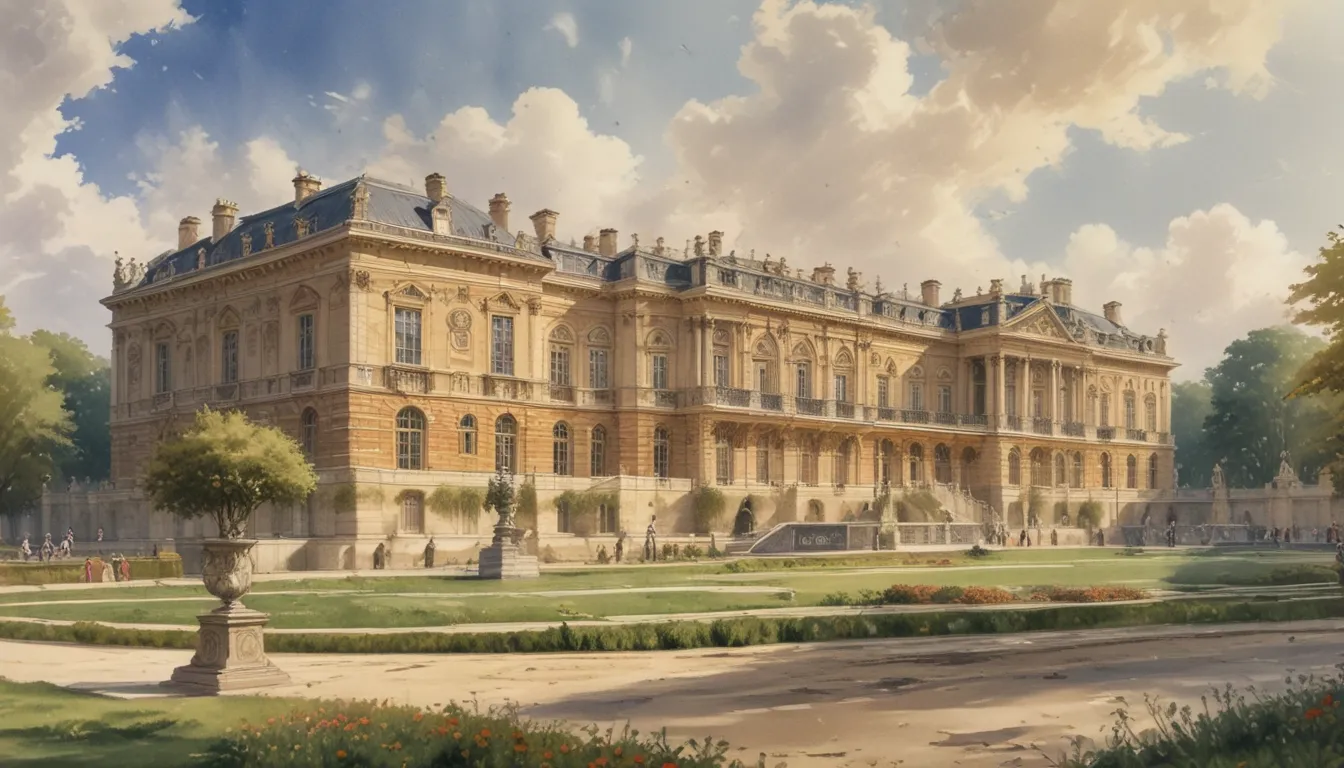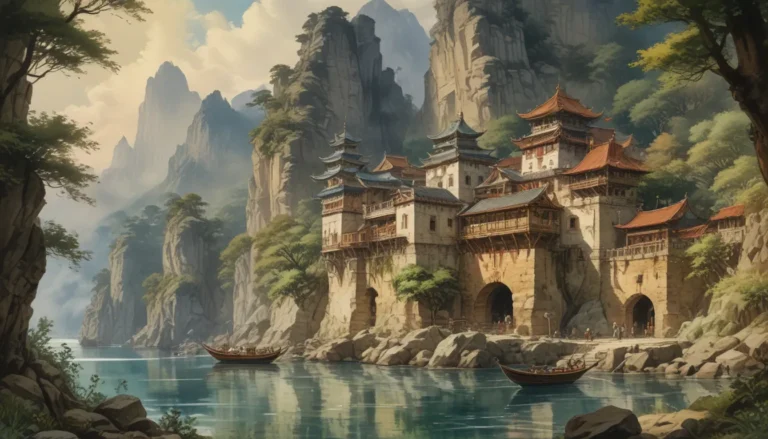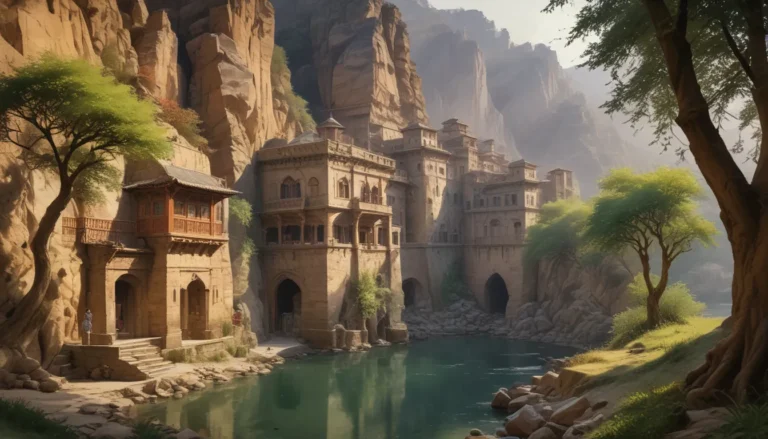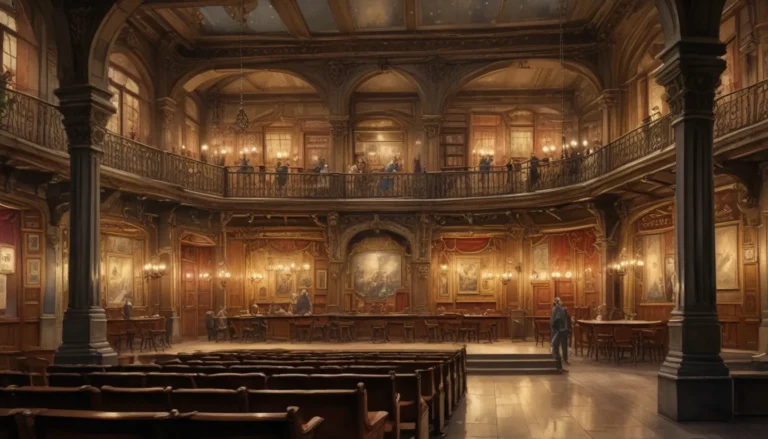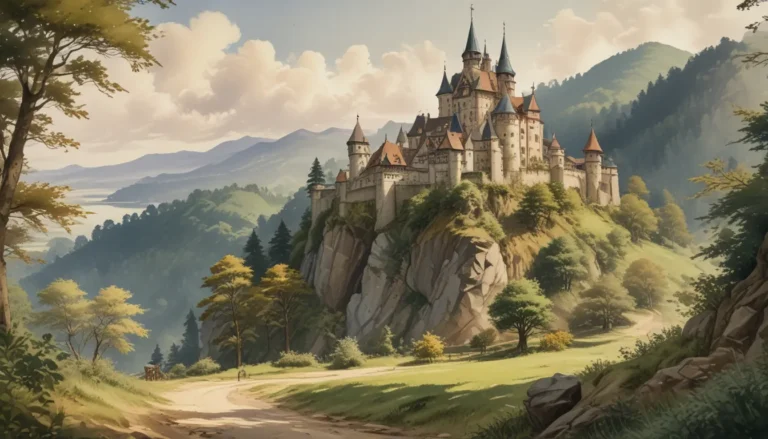The images in our articles are for illustrative purposes only and may not exactly match the content. They are intended to capture your interest and complement the text, not to replace it.
Versailles Palace, a majestic symbol of opulence and grandeur nestled in the Île-de-France region of France, stands as a testament to the artistic and cultural achievements of the past. This iconic landmark, a UNESCO World Heritage Site, continues to captivate visitors from around the world, offering a glimpse into the extravagant lifestyle of the French monarchy. Join us on a journey through time as we uncover 10 fascinating facts about Versailles Palace, shedding light on its rich history, architectural marvels, and cultural significance.
Unveiling the Opulent Palace of Versailles
-
A UNESCO World Heritage Site: The Palace of Versailles, an embodiment of the absolute monarchy of the Ancien Régime, has earned the prestigious title of a UNESCO World Heritage Site. Its opulent architecture and expansive gardens attract visitors worldwide, showcasing the grandeur of the French monarchy.
-
Commencement of Construction: In 1661, King Louis XIV commissioned the construction of the Palace of Versailles to create a grandiose royal residence reflecting his power and magnificence. The ambitious project aimed to solidify the king’s reign and leave a lasting legacy for future generations.
The Enigmatic Hall of Mirrors
-
A Breathtaking Masterpiece: The Hall of Mirrors stands as one of the most renowned features of the Palace, adorned with 357 mirrors that reflect its opulence and artistic grandeur. This stunning gallery served as a venue for grand ceremonies and events, embodying the splendor of the palace.
-
Historic Significance: The Hall of Mirrors witnessed the signing of the Treaty of Versailles on June 28, 1919, marking the end of World War I. This historic event underscored the palace’s enduring role in shaping global history and diplomacy, adding to its cultural significance.
Discovering the Magnificent Gardens
-
Triumph of Landscape Design: The Gardens of Versailles, meticulously landscaped over 800 hectares, are a triumph of classical French garden design. Featuring grand fountains, captivating sculptures, and manicured lawns, the gardens provide a serene retreat for visitors to explore and admire.
-
Private Retreats: Within the palace grounds, visitors can uncover intimate retreats like the Petit Trianon, which served as a private sanctuary for Queen Marie Antoinette. These tranquil spaces allowed the queen to escape the rigid etiquette of court life and indulge in personal pursuits.
Tales of Political Power and Extravagance
-
Seat of Political Power: In 1682, King Louis XIV moved the royal court and government to the Palace of Versailles, establishing it as the center of political power in France. This decision had a profound impact on the nation’s history and governance, shaping the course of events for years to come.
-
Extravagant Festivities: Throughout its history, the Palace of Versailles has been a setting for extravagant festivities and grand celebrations, highlighting the opulence and grandeur of the French monarchy. These elaborate events left a lasting mark on the palace’s legacy, showcasing its role as a symbol of aristocratic splendor.
Preserving Architectural Splendor
- Restoration Efforts: In the 20th century, the Palace of Versailles underwent extensive restoration to preserve its architectural splendor and historical significance. These comprehensive efforts ensured that future generations could continue to marvel at the magnificence of this iconic landmark, safeguarding its legacy for years to come.
Immerse Yourself in the Grandeur of Versailles Palace
Versailles Palace remains a beacon of opulence, power, and artistic grandeur, captivating visitors with its rich history, breathtaking architecture, and expansive gardens. A visit to this iconic landmark offers a glimpse into the lavish lifestyle of the French monarchy and a chance to explore centuries of cultural and historical heritage. Whether you’re a history enthusiast or simply in awe of magnificent architecture, Versailles Palace promises an unforgettable experience filled with beauty and splendor.
FAQs
What is the significance of Versailles Palace?
Versailles Palace holds immense historical and cultural significance as the former residence of the French royal family and the seat of political power. It also played a vital role in the signing of significant treaties, including the Treaty of Versailles that ended World War I.
What are the must-see attractions within Versailles Palace?
Visitors should prioritize exploring the Hall of Mirrors, State Apartments, and Gardens of Versailles to experience the palace’s storied past and architectural splendor firsthand.
Delve Into the Majesty of Versailles Palace
Embark on a journey through time and explore the allure and grandeur of Versailles Palace, a cultural gem that continues to enchant visitors with its timeless beauty. From the resplendent Hall of Mirrors to the tranquil retreats within its grounds, Versailles Palace stands as a symbol of France’s rich cultural and historical legacy. Immerse yourself in the splendor of this magnificent estate and witness the legacy of the French monarchy come to life in every intricate detail.
